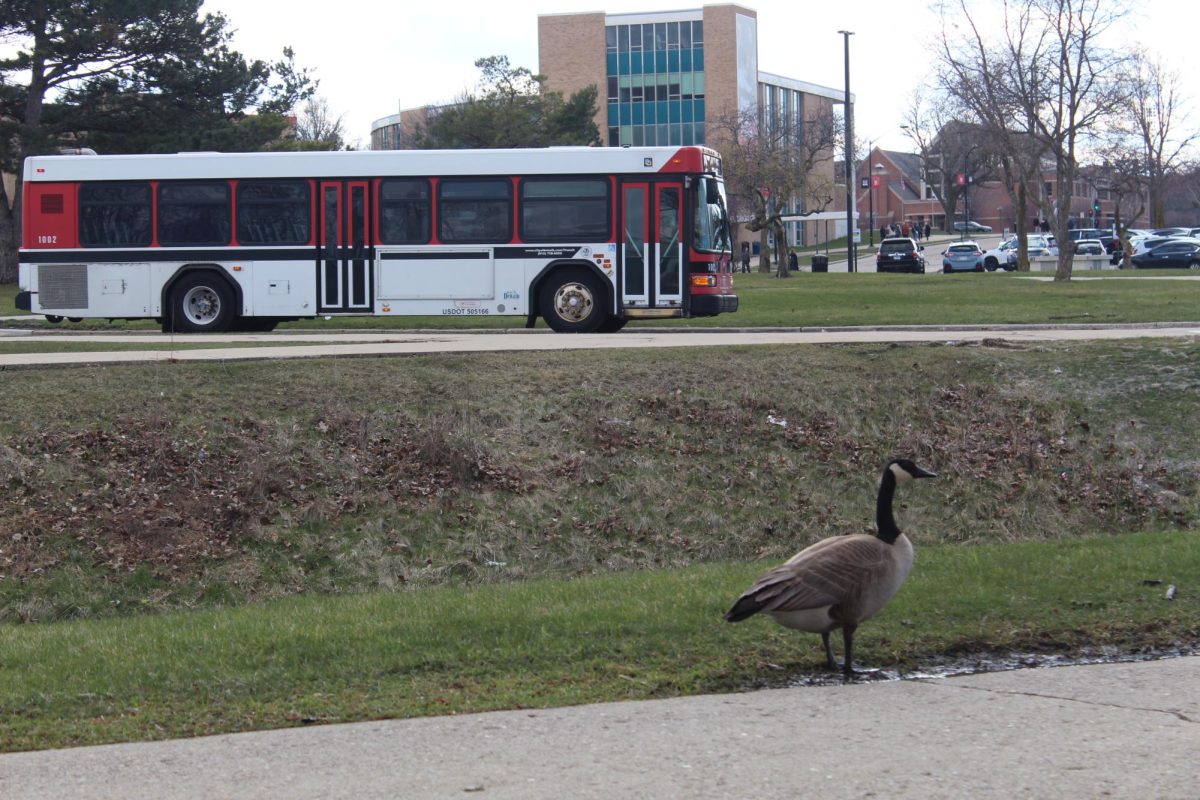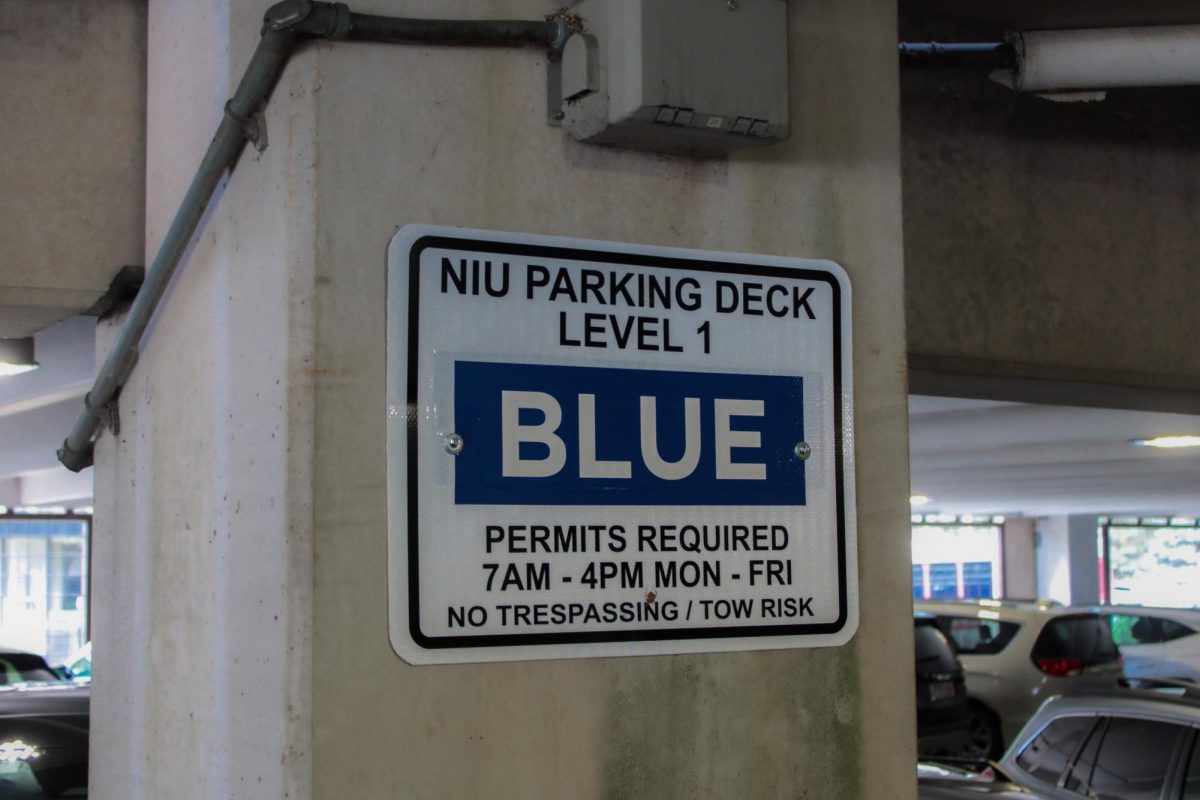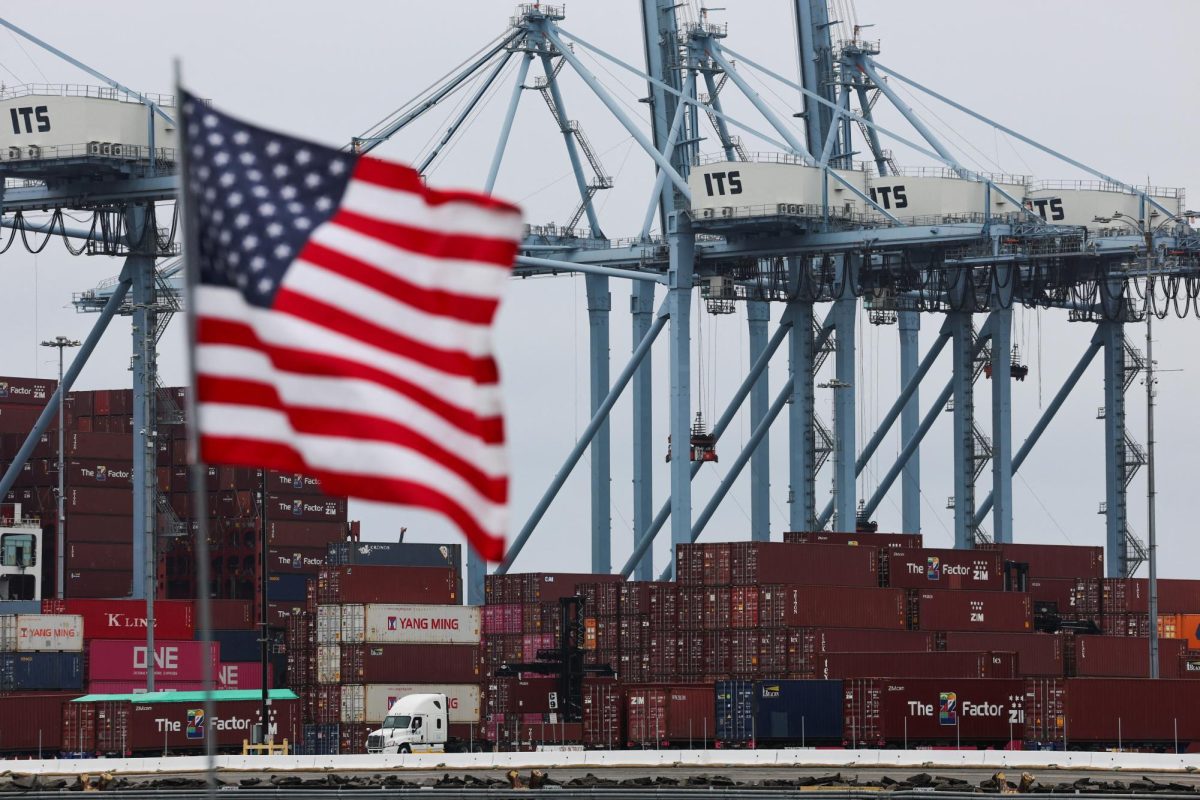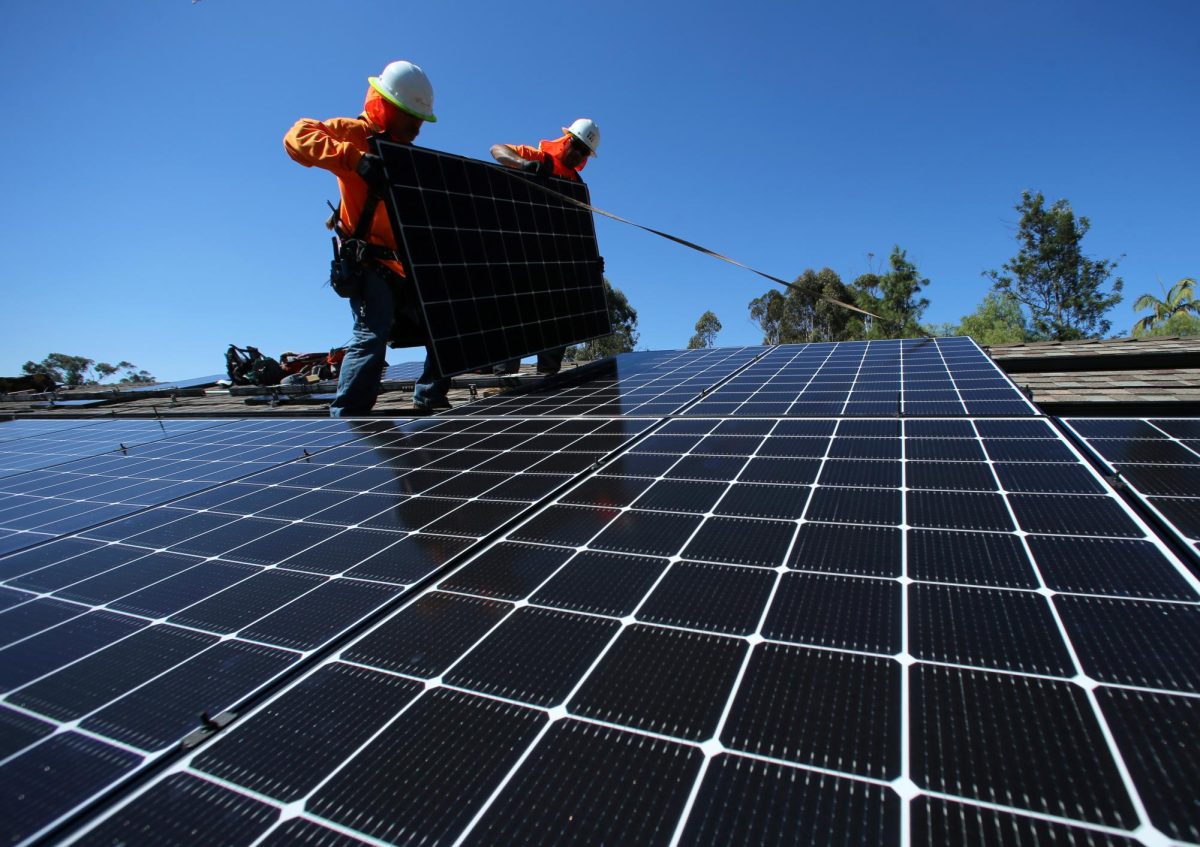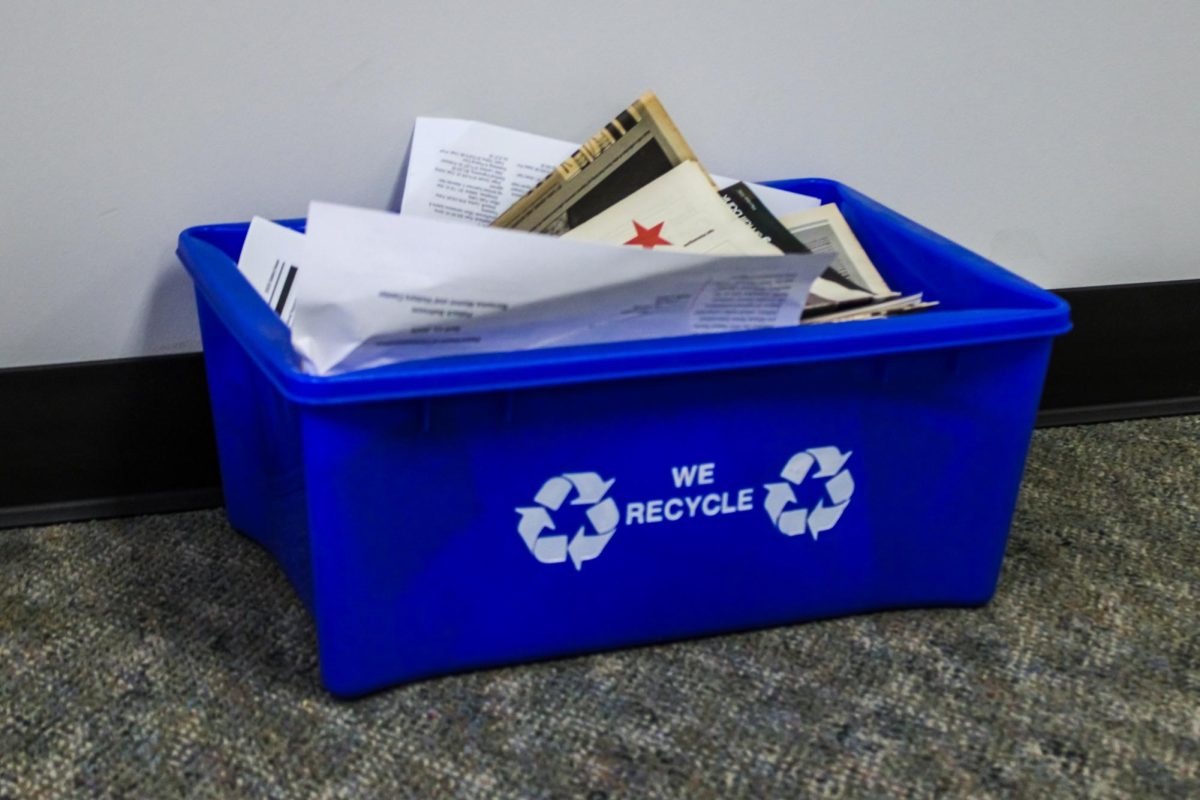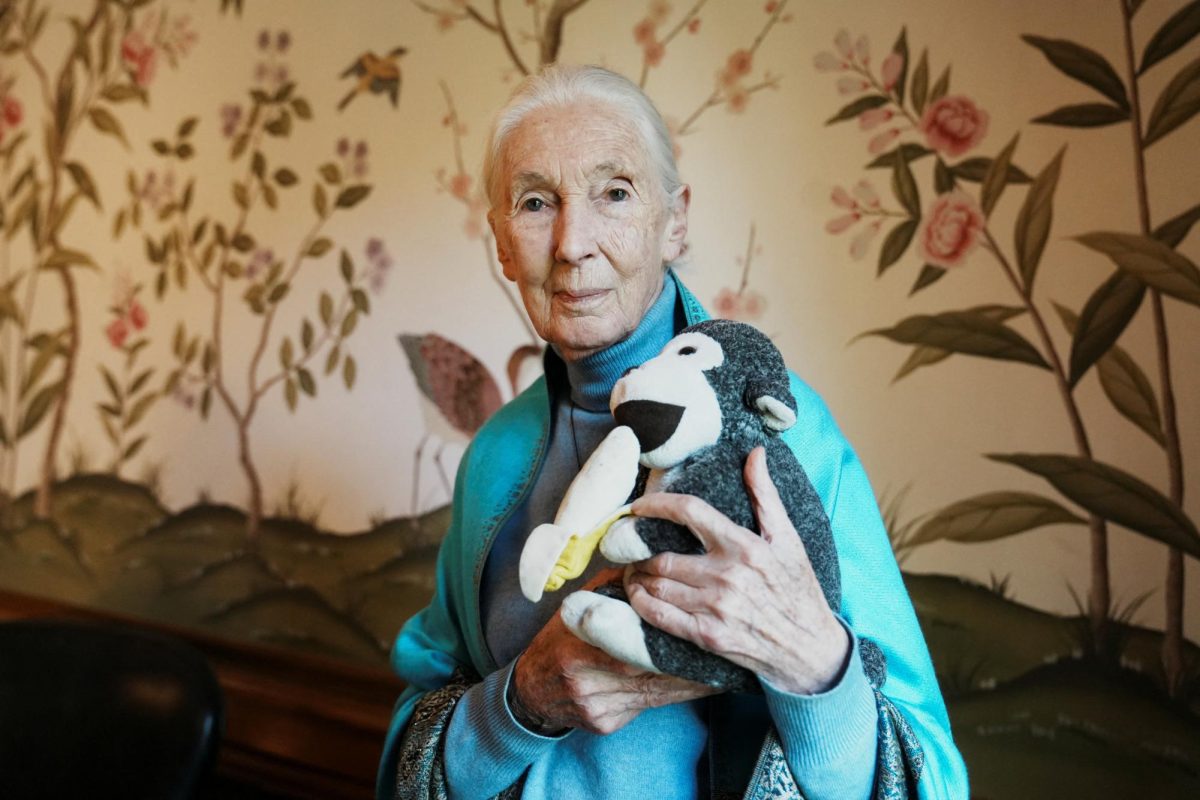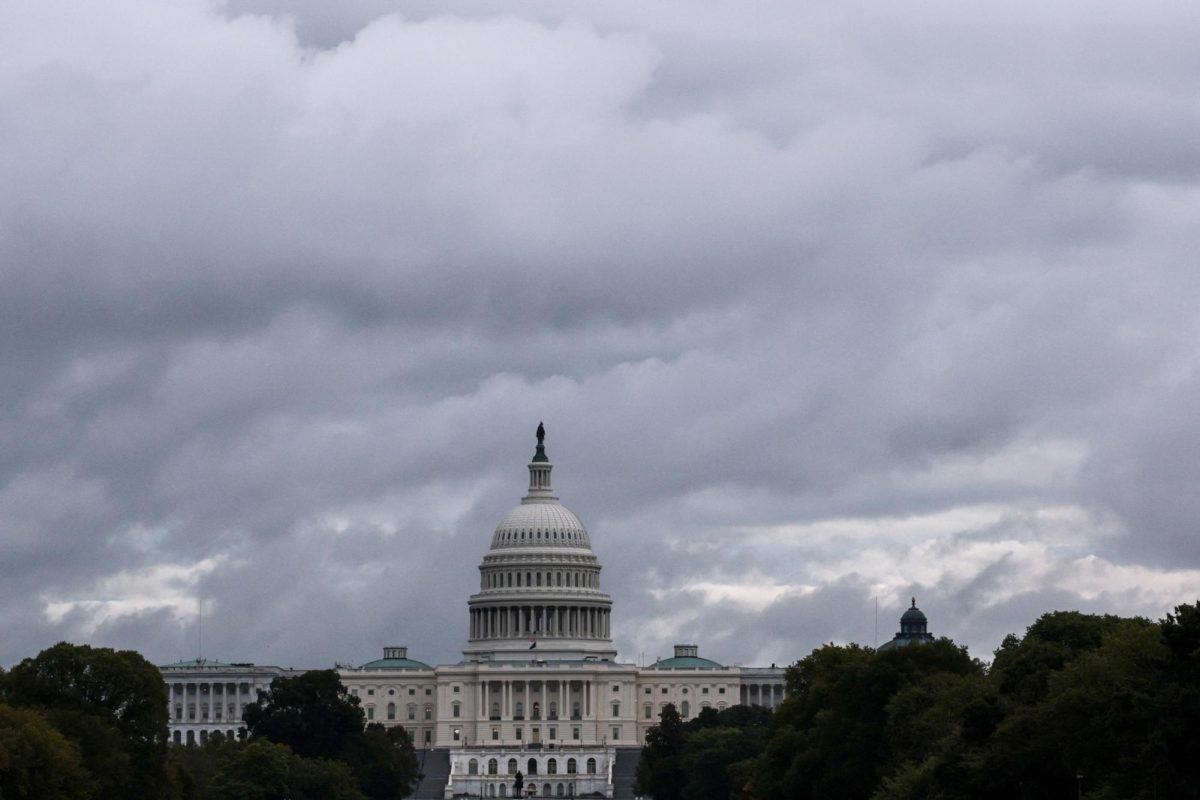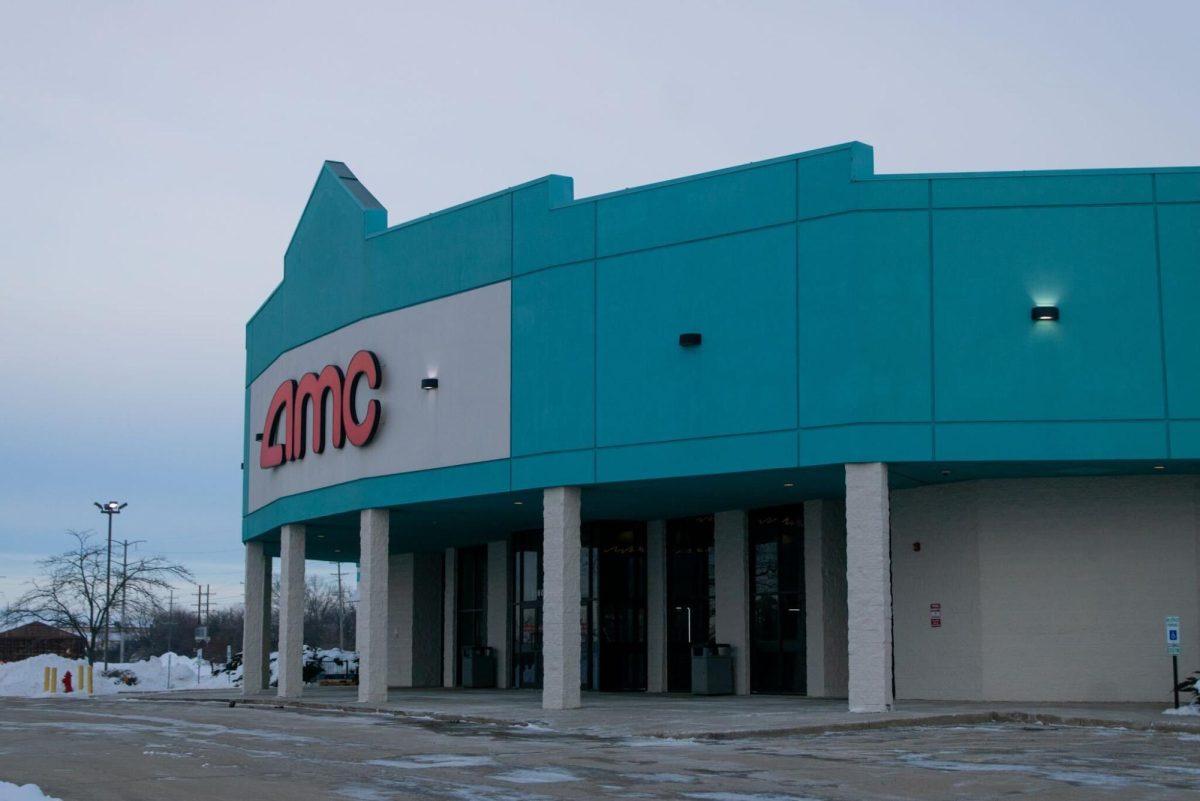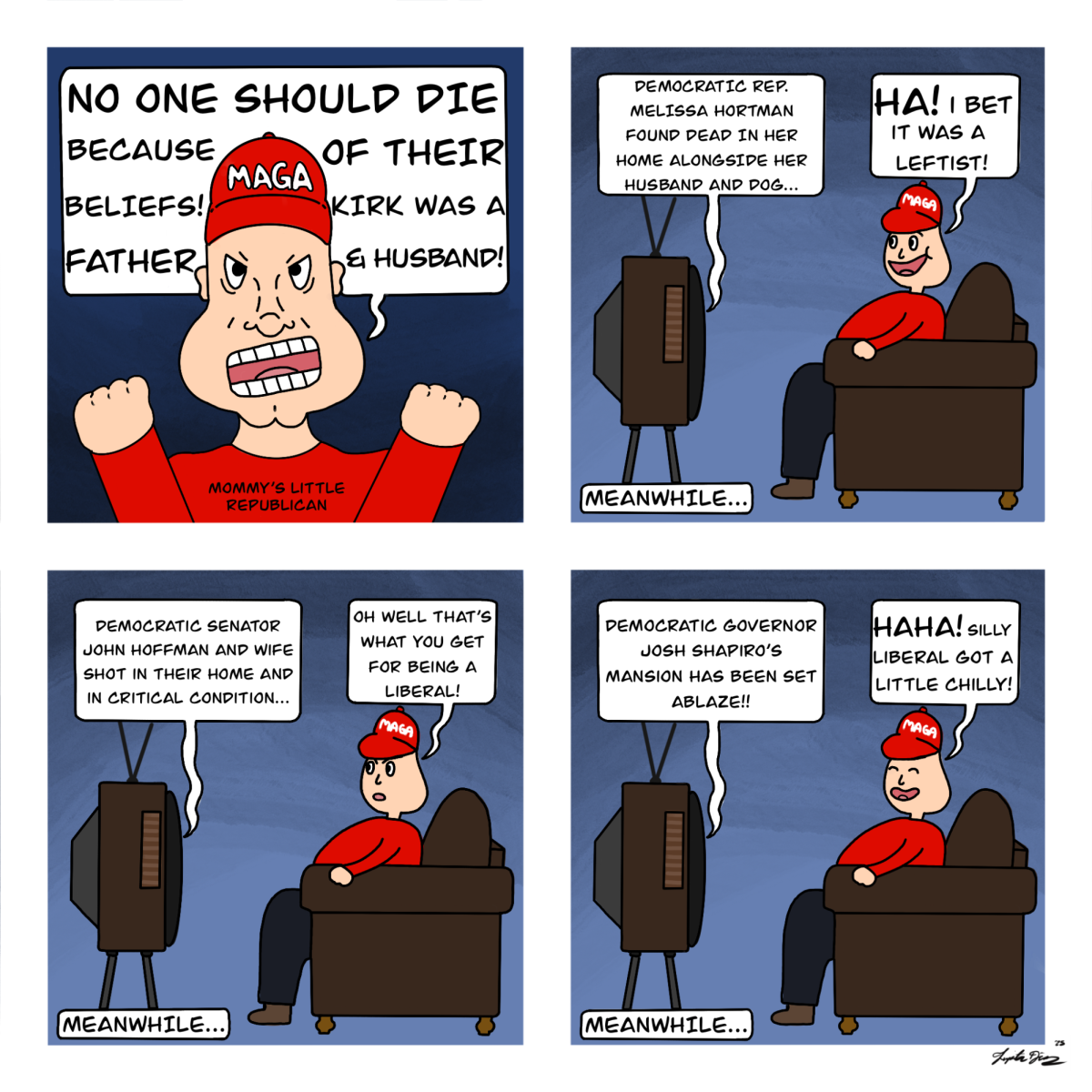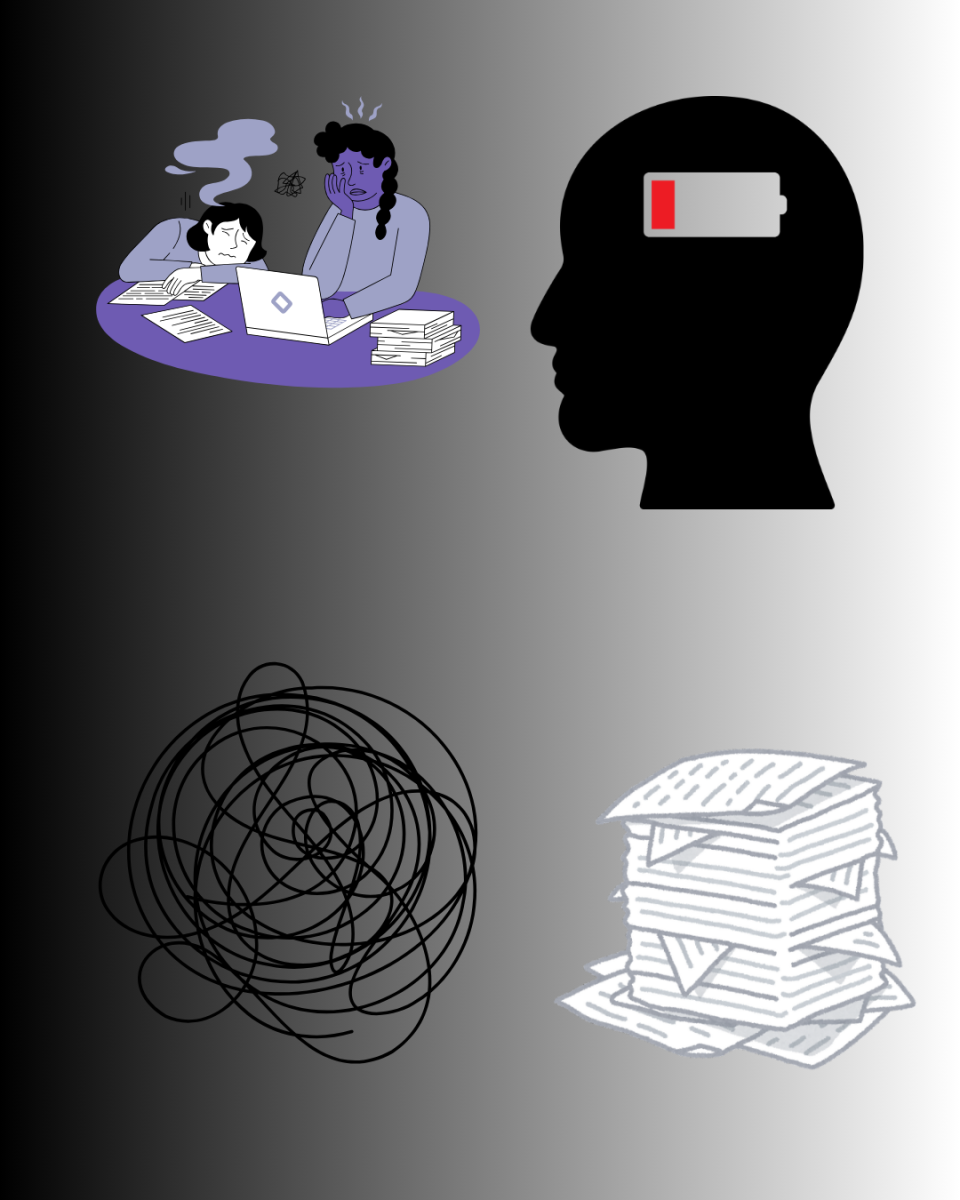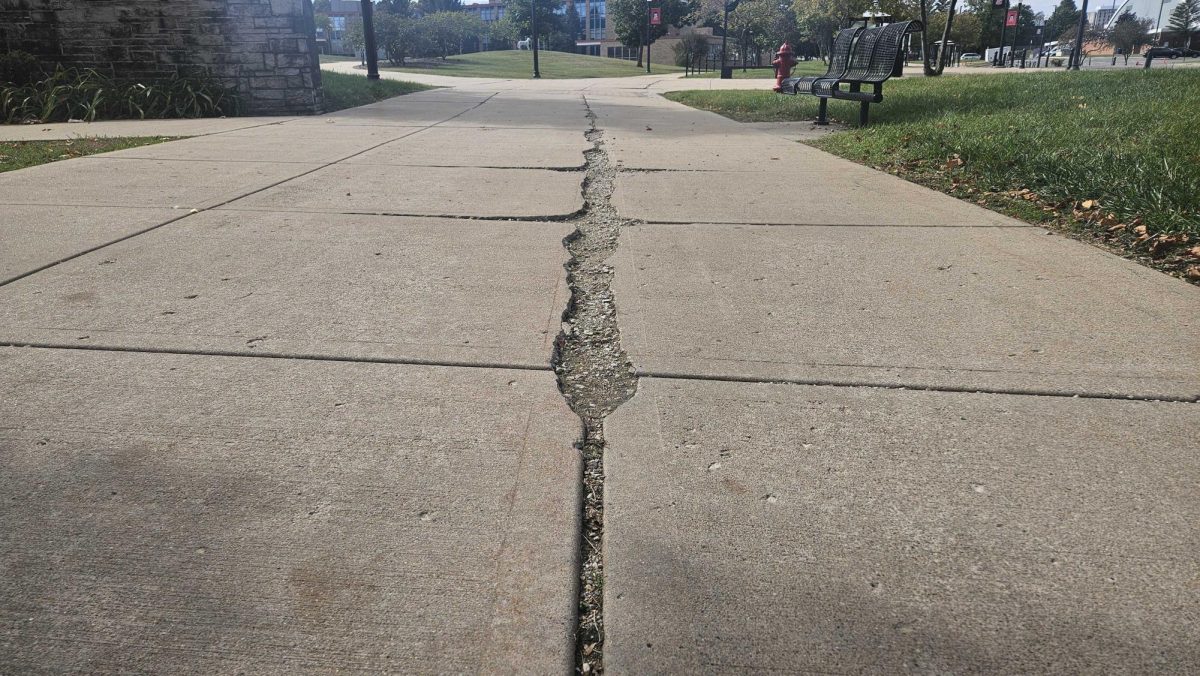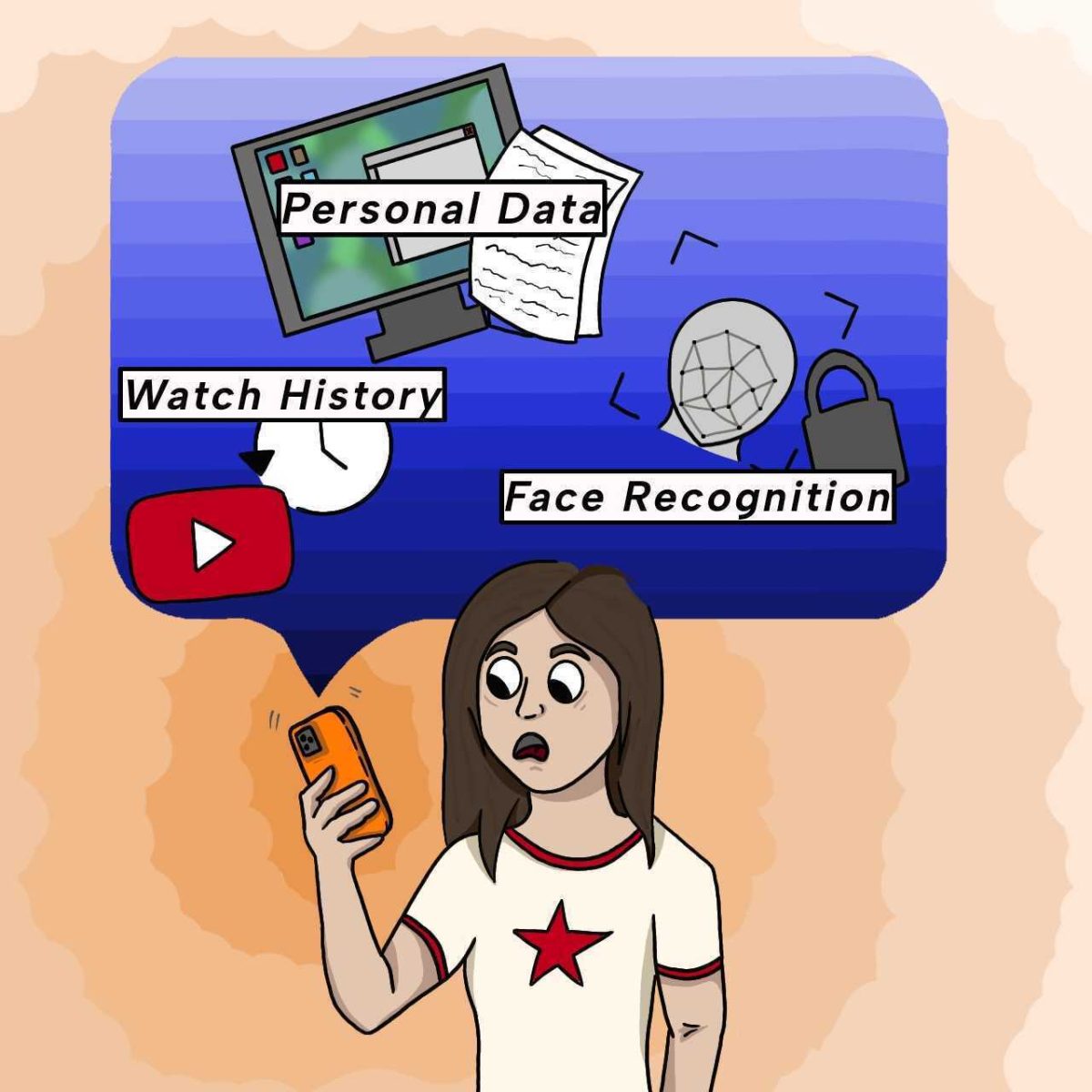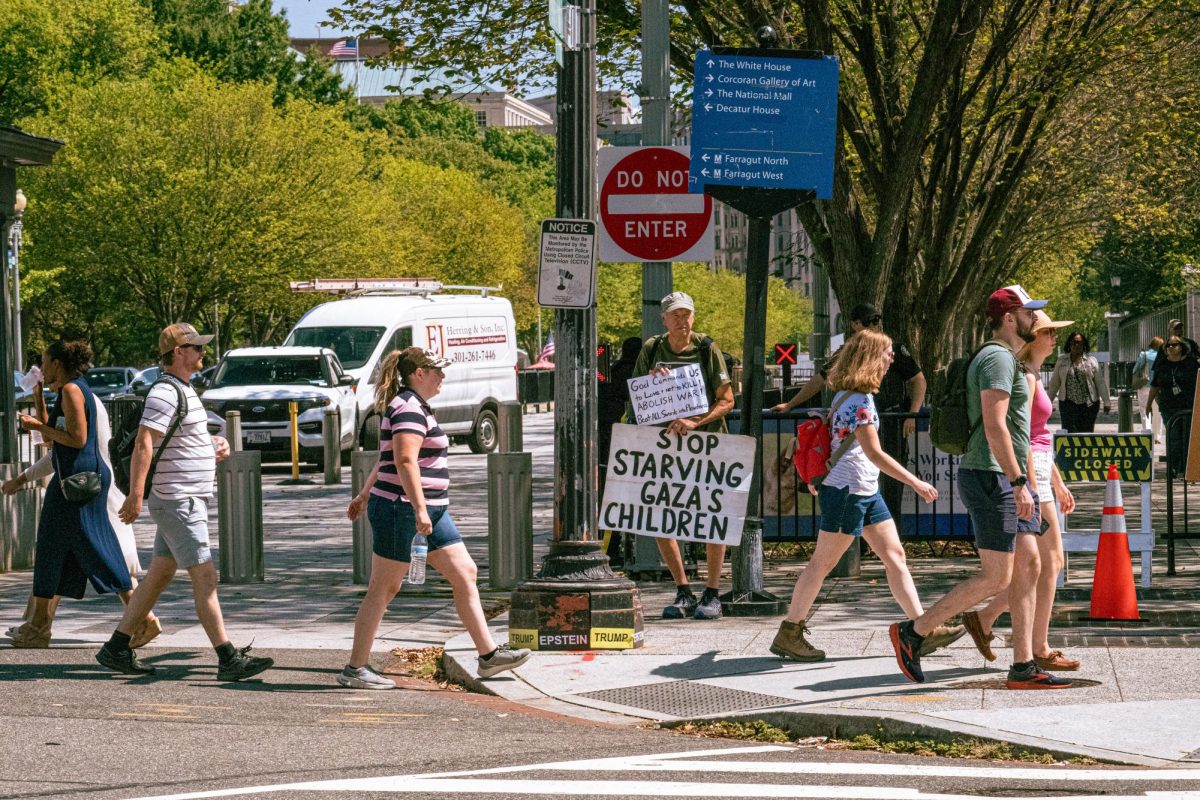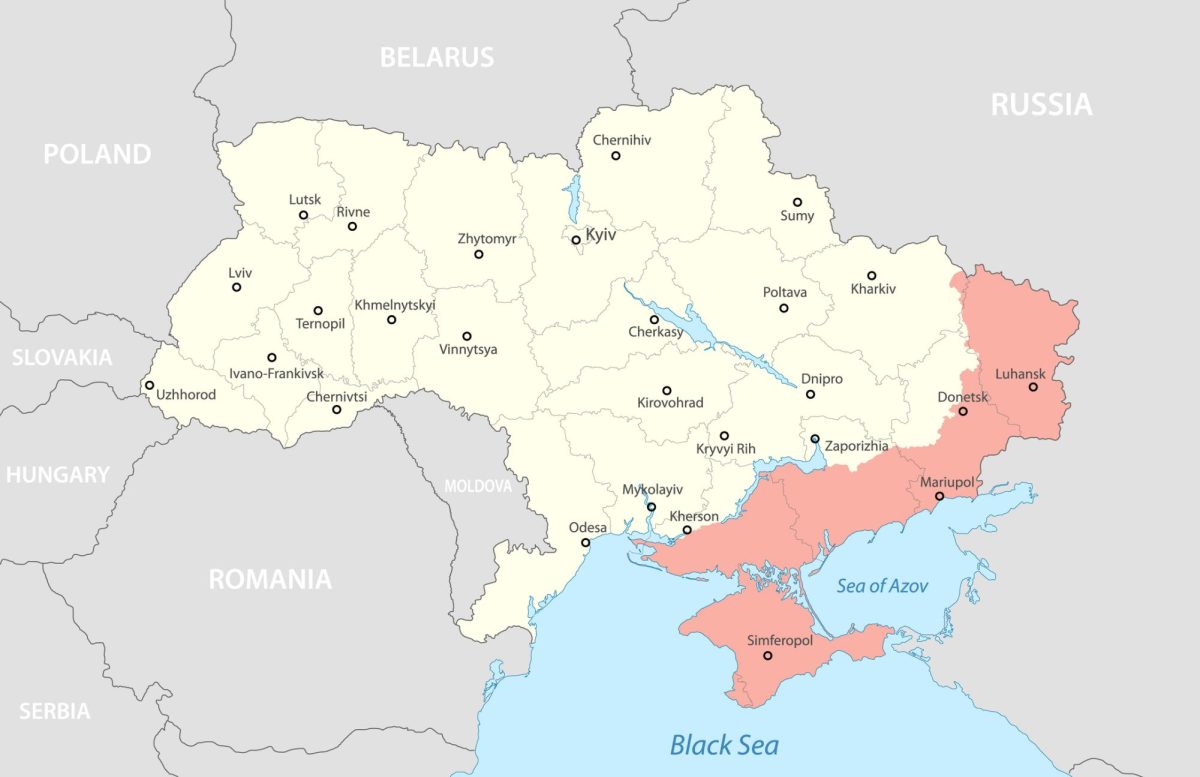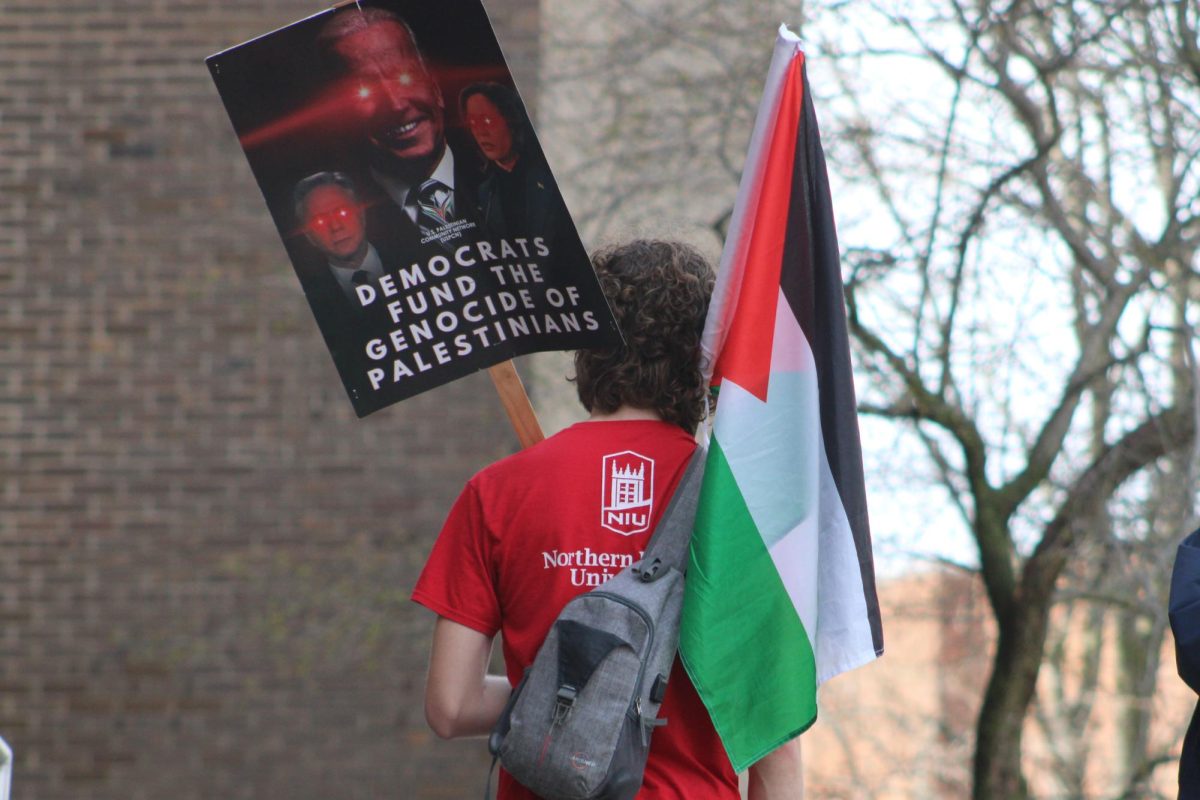Via planes, trains and automobiles, there’s a multitude of ways to get around the 21st century. For NIU students, the greenest way is utilizing the DeKalb public bus system, and it’s time to become better acquainted with it.
Most people understand cars leak carbon dioxide into the atmosphere, creating a massive, sasquatch-sized carbon footprint. Everytime we start our car engines we pollute the atmosphere a little bit more.
A single car, on average, releases about 4.6 metric tons of carbon dioxide annually, and together, transportation accounts for about 29% of U.S. greenhouse gas emissions, according to the Environmental Protection Agency.
Yet in a modern world, driving something to get around is nearly inevitable. It’s not the average citizen’s fault the 9 to 5 jobs needed to put food on the table are often located miles away.
It’s also not the average citizen’s responsibility to devote extra minutes of an already busy day to walking or biking to work. Those solutions sound pretty and green, but they aren’t realistic.
Public transportation is realistic, or at least it should be.
For NIU students, hopping on the route 17 bus for your next trip to Walmart or snagging a route 2L bus to your next class is an easy and effective way to contribute to a green cause.
Sure, DeKalb’s buses leak poison like cars, but buses carry more people.
The more human bodies on a bus, the less human bodies steering about their own personal carbon dioxide manufacturers.
Courtney Gallaher, NIU’s Campus Sustainability coordinator, said NIU students are no exception to that logic.
“If you look at NIU’s greenhouse gas emissions inventory, about a third of our emissions come from transportation. And a lot of that is commuting miles from faculty staff and students that drive to and from campuses,” Gallaher said. “And so, obviously, there’s still emissions associated with public transportation, but you can just fit a lot more people into a bus than into single passenger cars, and so it becomes, like, per person, per capita, it’s a much more efficient way.”
The wheels on the bus go round and round, and the people on the bus help a grateful planet.
Unfortunately, public transportation isn’t America’s strong suit. With a special enthusiasm for private cars, 76% of U.S. commuters traveled in a personal vehicle in 2022, and only 2.5% relied on public transportation, according to a 2023 report by the Statista Research Department.
Supporting the public transportation we do have – riding buses and trains as much as we can – is the best way to push for public transportation to improve, both nationally and locally.
Gallaher encourages students to explore their DeKalb public transit routes to prove public transportation is a worthy investment.
“If bus routes are getting used heavily, the city and the, the university know that this is something that students and faculty and staff value and want around, and there’s a justification for expanding it and using it more regularly, ” Gallaher said.
Students should also speak out about routes they want added – if bus routes don’t reach your home or workplace, let the university know.
“If there are areas of campus or parts of DeKalb that really are not being served by the bus system, that is genuinely something that we in the office of campus sustainability would like to know because we have some ability to talk to the city of DeKalb’s transportation office – which is the entity that coordinates the Huskie bus line,” Gallaher said.
With a flash of your OneCard, riding the DeKalb bus system is free for students, making it cheaper than driving to school by 100%.
Depending on the type of vehicle, Americans spend $2,000 to $7,000 a year on fuel, according to a 2021 Statista report.
Additionally, the university is hardly beloved for its parking options, but most students are still expected to pay $40 to $92 for parking permits, depending on the semester, according to NIU’s parking services website.
Downloading the ETA Spot app can help students keep track of where buses are from their phone, and general map apps like Apple Maps and Google Maps can anticipate bus arrivals, show which routes to take and even which stop to get off at.
No, the DeKalb bus system is not perfect. Yes, it should be improved. But for a tiny town centered around corn, Huskies and barbed wire, it’s not all bad either, and it needs support.
So don’t freak out. Don’t sink into an abyss of guilt for driving to work, but be open to taking the bus every once in a while.
Ride the bus, and satisfy two issues with one vehicle: please your pocket and your love for the Earth in one go.
We won’t save all the animals and dance into a kumbaya world without climate change, but riding the bus is something, and something is pretty good for a college kid.


